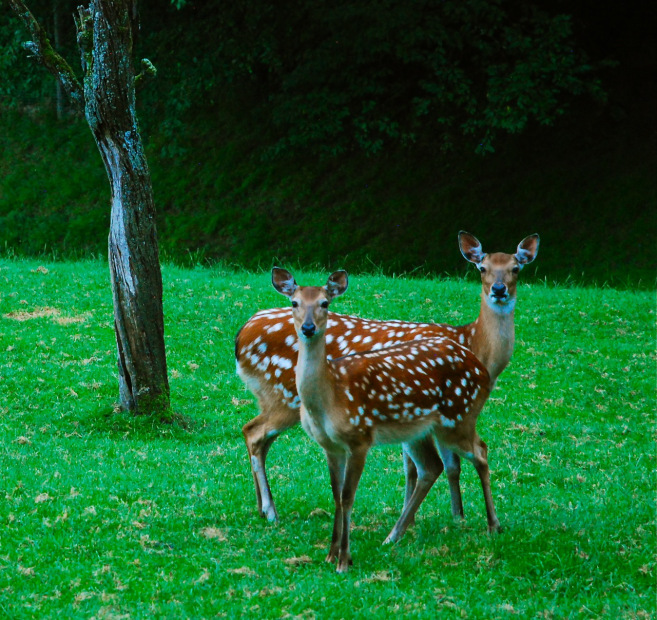 One of the best things about being in the Colorado high country is getting the chance to see some wildlife, sometimes even up close. But this time of year, Colorado Parks and Wildlife biologists are reminding residents and visitors not to handle any baby critters that might show up in the forest, in backyards, or near trails and roads.
One of the best things about being in the Colorado high country is getting the chance to see some wildlife, sometimes even up close. But this time of year, Colorado Parks and Wildlife biologists are reminding residents and visitors not to handle any baby critters that might show up in the forest, in backyards, or near trails and roads.
In the past few days, wildlife managers have received several reports of "abandoned" fawns that were then moved by humans. CPW asks that you not approach, touch or handle young animals.
“Seeing a fawn alone does not mean that it has been abandoned,” said wildlife manager Frank McGee. “Fawns are often left alone by their mother while they go to feed and it's not unusual for them to be left for several hours at a time.”
Young fawns have no scent and are born with speckled coats that provide a natural camouflage. These two factors help them avoid being found by predators. When the mother senses a predator might be close by it moves away. Many other animals use similar survival techniques.
If you see a fawn, move away quickly. Do not move closer or attempt to get the animal to move. Fawns that are truly abandoned will show signs of distress such as crying. Call your local CPW office if the fawn has been left overnight or shows signs of injury.
"People also need to remember that not every fawn will survive," said McGee. "It's sad, but it's part of the natural process."
Food should never be given to wildlife. There is plenty of natural food available for wild animals. If animals are provided food they also become habituated to humans and will stay in residential areas instead of natural lands.
“Providing food causes animals to bunch up in small areas,” said McGee. “That makes them vulnerable to diseases and predators.”
Residents also need to keep their pets under control. Dogs acting on their natural instincts can find wildlife and attack them. The stress of being attacked often is fatal for young animals.
If you see a young animal, admire its beauty from a distance, and then move on quietly. CPW encourages parents to explain to their children not to disturb wildlife.
Filed in Colorado News |